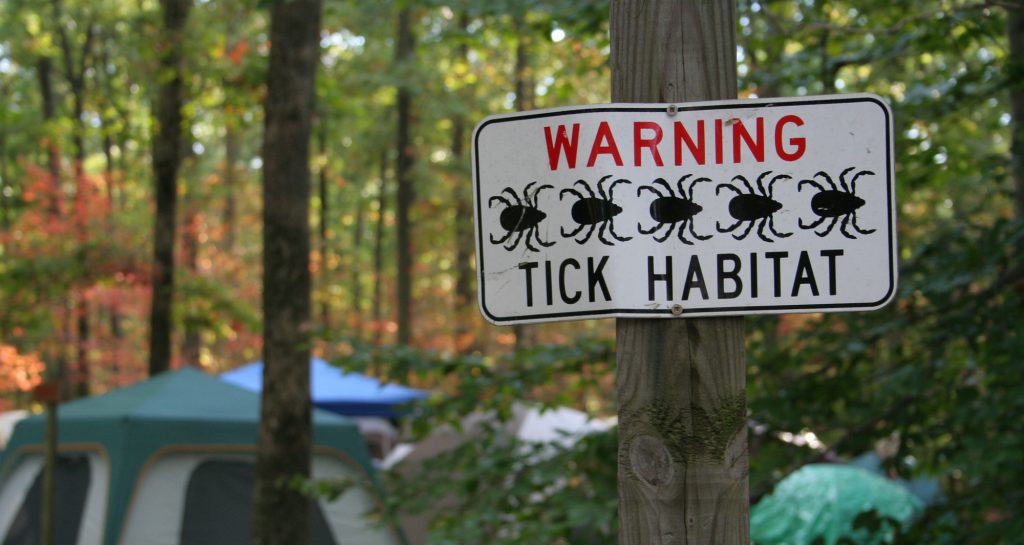Summer means outdoor fun with your favorite four-legged friend—hikes in the woods, walks on the beach, and runs in the park. But unfortunately for humans and pets alike, spending an abundance of time outdoors can have a pesky downside: tick bites.
Ticks often hang onto blades of grass waiting for something, or someone, to brush by them that they can grab onto, which makes Fido and his wagging tail an appealing victim for these creatures. Most common in wooded or grassy areas, ticks can transmit microbes that cause diseases, including Lyme disease and babesiosis. While “tick season” actually comprises most of the calendar year, summer months tend to see an uptick in bites as so many of us are outdoors.
To protect your pet this summer—and all year—from harmful tick bites, American Humane would like to share a few safety tips:
Lessen Your Pets’ Exposure to Ticks:
Ticks can inhabit all types of environments but are particularly at home in tall grasses and brush. If possible, mow and rake your yard regularly to create a safer environment for your pet to play in.
The advent of topical and oral anti-tick medications has dramatically improved our ability to defend pets against infestations. If you anticipate that your pet may be exposed to ticks, speak to your veterinarian to discuss safe, effective products that may be able to prevent the attachment of ticks and secondary disease transmission. Always be sure to use these products as recommended.
Check Your Pet for Signs of Ticks:
Check your pet for ticks daily, especially if he or she has been playing outside or in a wooded or grassy area. Areas to check include the insides of the ears, between the toes, on the paws, under tails, in arm creases, on stomachs, and under collars. Run your hands along your pet’s body, feeling for small bumps and looking for dark spots. Ticks can be black, brown, or tan, and can range in size.
Know How to Safely Remove a Tick from Your Pet:
Removing a tick from your pets can be an intimidating task, but it’s important to act quickly if you find evidence of a tick on them, as diseases can be transmitted from the creatures within a few short hours. Attempting to smother the tick with petroleum jelly-based products or alcohol is never recommended.
There are a variety of removal methods that can be found online, with the most common being using tweezers or using a tick remover.
- To use tweezers, grab the tick with clean tweezers as close to your pets’ skin as possible without pinching them. Pull the tick out slowly and steadily, ensuring that all parts of the tick are removed.
- To use a tick remover, press the remover against your pets’ skin in an area close to the tick. Slowly slide the hook of the remover under the tick, and pull it free.
After removing a tick from your pet, always clean the wound with an antiseptic and clean the tool used (tweezers or tick remover) with isopropyl alcohol. Do not crush the tick you just removed—instead, flush it down a toilet.
Know the Symptoms:
A single bite from a disease-carrying tick can transmit Lyme disease to your unsuspecting pup. Symptoms of Lyme disease include fever, loss of appetite, reduced energy, and swelling of joints. If your pet displays any of these signs, seek veterinary help as soon as possible.


